16 vintages of Château Pichon Longueville Comtesse de Lalande
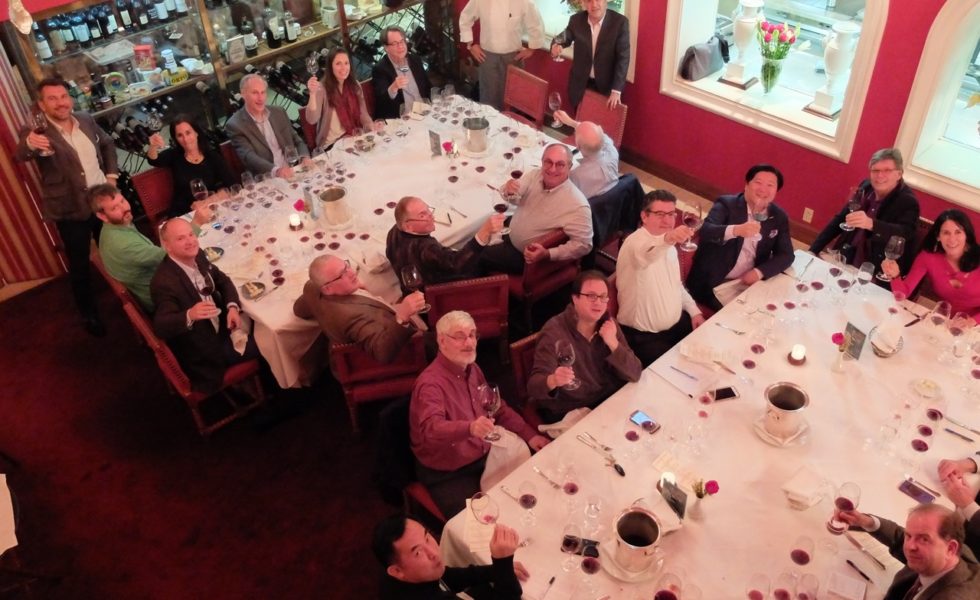
By Panos Kakaviatos for wine-chronicles.com
24 October 2017
For the third time this year, it was great to welcome a top Bordeaux wine to Washington D.C. After Château Montrose in January and Château Léoville Las Cases in March, this time it was Château Pichon Longueville Comtesse de Lalande, with estate director Nicolas Glumineau.
A triple hat trick in 2017 of super seconds? Why, yes!
We enjoyed a fine meal at Taberna Del Alabardero, accompanied by no less than 16 vintages of Pichon Comtesse, from 1975 to a barrel sample of 2016. All were delivered to MacArthur Beverages ex-château, with the exception of the 2002 vintage, donated – thanks so much Randy McFarlane – by one of our 24 dinner participants. And many thanks to Mark Wessels and the team at MacArthur’s, for covering the not insubstantial cost of importing the wines for the dinner: two bottles each of 14 vintages. Estate director Nicolas Glumineau brought over the two barrel samples of the 2016, which had been bottled and put on his flight.
The restaurant provided a spacious setting in alluring red colors, and with a balcony to boot. The photo from the balcony, above, was taken by blogger James Aaron Nix-Gomez. Thank you, Aaron!
Restaurant service was excellent, as was sommelier Maria Ortiz.
Maria and I opened all the bottles beforehand to check for faulty notes, and it was pretty amazing that none had any cork issues. Some seemed fresher than others among the older vintages – but that is natural. We double decanted almost every vintage (save for the 1975 and 1978) between three and six hours before they were served.
I did not take detailed notes, but tasting the wines a few hours before dinner – and then tasting again over dinner – showed how some vintages evolved over time and in glass. For some more detailed notes already published, with some varying opinions, check out what participants Keith Levenberg and Kevin Shin published in Cellar Tracker, for example.
It was important not to make too rushed judgments, especially when tasting so many wines in one sitting of only three hours or so.
The evening began with loads of Champagne generously donated by participants, including fine grower bubblies, such as a delicious La Closerie by Jerome Prévost, an Extra Brut Agrapart Terroirs both savory and sleek, a lovely Pierre Peters Blanc de Blancs, and a wonderful Domaine Cedric Bouchard among others. There were larger houses, too, including a brisk and refreshingly dry Pol Roger 2008, which I brought.
It was great to see many friends among the participants, who included wine industry representatives such as Jennifer Legge of Calvert Woodley and Tim O’Rourke of Zachys Wine, Washington Post wine writer Dave McIntyre, and bloggers like Christian Schiller, the aforementioned Nix-Gomez and Lisa Denning, of www.thewinechef.com and staff writer of the Grape Collective, who traveled all the way from New York City to participate in the dinner. Thanks Lisa! And many thanks to friend and fellow wine writer Bijan Jabbari, who linked the fine restaurant to the château for this dinner.
The Main Event
I was not sure about the choice of … mackerel tenderloin to match reds, but – as the French say – je fais abstraction de la situation and enjoyed the delicious fish, while assessing the wines.
As usual, if the vintage is in bold, I liked it in particular (not hard with Pichon Comtesse). If red and bold, even more. And if underlined, too? A kind of wine nirvana.
And they were excellent: 2010, 2009, 2005 and 2003.
The star seemed to be 2010, proving yet again for much of Bordeaux (especially on the Left Bank) that this vintage seems to amplify all the good while muting out anything possibly bad. Large scaled yet elegant, it had power yet class, and it seduced you even if it requires another 10 years to enter a more optimal drinking zone. For current drinking, the 2009 is likely better, but somehow not quite as robust, or as substantive, as the 2010. More charming, and with noticeable tannin, but not as “potentially complex” as the 2010. The 2005 came off sleeker than either, with a certain tension that I had noticed when first opening the bottles. It lacks the same weight as the 2010 (or even the 2009), but exuded charm and freshness – and length. I think Robert Parker underrated this wine, as has been proven in previous tastings with others, including Jane Anson of Decanter a few years back at the château. Finally, the 2003 proved yet again how that torrid vintage could excel in the cooler northern Medoc, with more Cabernet than Merlot. Not as impressive as, say, the Château Montrose 2003, which we had tried earlier this year in a comparable vertical, the Pichon Comtesse was sexy on the nose – very seductive with spicy and fruity notes that beckoned drinking. And drink it we did. It lacked the length of the three preceding wines, but it was simply delicious.
Point scores? Well, I suppose the 2010 merits a 97. The 2009 gets 95. The 2005 is a bit behind with a 94, while the 2003 should get a 93 at least, just for its sheer seduction. Maybe the 2003 and 2005 deserve an equal score, but I give the edge to the 2005 for the longer finish.
2002-2000-1996–1995
Two of the vintages went particularly well with a delectable duck breast with touches of orange and butternut squash gratin, while the others were just tertiary enough. In any case, special mention goes to the underrated 2002 vintage – for the Medoc – as it reflected solid Cabernet ripening during that vintage’s glorious Indian Summer. I was in Bordeaux in August of 2002, and it was crappy, muggy, cloudy and rainy. Merlots were not optimal, but those who waited to pick the ripest of the Cabernets brought forth some fine wines, and Pichon Comtesse is a good example. Glumineau – who started working at the estate in 2012 – said he was “surprised” with how good the 2002 was. Smooth? Check. Nuanced? Check. Linear? Check. Of course it lacked the stuffing of, say, 2010 or 2009. Or even 2003. It did not exude certainly the sexy fruit and spice à la 2003. But it was a pleasure to drink.
The 2000 was less so. Some people can tolerate a bit of green pepper, as can I. But I found this 2000 showing just a bit too much for my taste, from a second growth of this caliber. It was smooth and showed concentration, but in the context of the vintage, it was not showing as well as one would expect.
I preferred both the 1996 and 1995.
Of course the 1996 was gorgeous: it has been so for many years, at least when I first discovered it from bottle over 10 years ago. Glumineau said that the grapes had been picked at just a bit of under-ripeness, but if that is under-ripeness, I’ll take it as a glorious sunny autumn day after a series of rainy days. Indeed, it marries ripe Cabernet and freshness, resulting in a most balanced, smooth wine, just starting to show pleasing tertiary notes, which went very well with the duck. The 1995 seemed more introverted, but showed substance and depth: a “brooding nature” that may be hiding more power than the 1996. With a higher than normal percentage of Merlot in the blend, as 1995 was a famous year for Merlot, the wine also displayed tannic strength. Not as opulent or as polished as the 1996, but give it time. Could it overtake the 1996 at some point? In any case, both were excellent.
Point-wise? The 2002 gets a 93, the 2000 gets a 91, the 1996 gets 96 and the 1995 gets 95, for now.
1989–1985–1982–1978–1975
The third dish, a delicious and tender Kobe beef with potatoes, carrots and shallots, proved perfect for the five wines above. It did not stand out as a particularly expressive dish, thus providing a perfect platform for the Pichons to sing. The 1989, when I was opening it, seduced me completely. I recall enjoying it just as much in a comparative double vertical with Pichon Baron, and how the two 1989s acted as boxers in a match. While the Baron delivered solid punches in a Pauillac tower sort of way, the Comtesse deflected them with seduction. Or something like that. Well, we had no Pichon Baron this evening. So we just enjoyed the smooth elegance of the Comtesse 1989, with tertiary aromas and flavors, yet well structured enough to keep focus on the long finish. There was a bit of 2003 here, a bit of warmth, but in a good way. And for current drinking? Well, bravo!
The 1985 may get my overall favorite rating of this flight, if not the evening, for current drinking, because it proved more balanced than the 1989, with a cooler and brighter red fruit aspect as well as the tertiary notes – all fresh earth – that yielded a balanced, poised and substantive wine of over 30 years of age. Just divine. The legendary 1982 slightly disappointed me – upon opening both bottles.
Both Maria and I were marveling more over the ’89 and ’85. But interestingly enough, with time in glass, it opened up to a more structured and substantial wine than either of the other two vintages. It is important to note some bottle variation. So while our table got a better 1985, it also got a somewhat weaker 1982. Still, I remain just a bit underwhelmed by the 1982 that evening, as I have had more impressive examples of that vintage from Pichon Comtesse. Recall dear readers that at some point we speak not so much of “great vintages” but “great bottles” … As for the 1970s, kudos to a particularly fine showing from the 1978, which was smooth and elegant with a certain roasted fruit aspect. The 1975 was nearly as good, coming across as just a bit leaner than the 1978. Points? Well, based a bit on emotion, I give the 1989 95 points, the 1985 96 points, the 1982 95 points, the 1978 94 points and the 1975 92 points.
Back to the future: 2014–2015–2016
All cheeses – Manchego, Retorta Pascuales (sheep milk based) and Puig Pedros (cow) – were delicious although it is not always so easy to pair tannic reds with cheese. The wines worked best with the Puig Pedros. Now, these were younger wines, as the 2015 was only recently bottled – and the 2016 was but a barrel sample that Mr. Glumineau brought with him to Washington D.C. Tasting them from oldest to baby young seemed like an orchestrated crescendo: the 2014, smooth and elegant and bright, if just a bit tight, revealed fine concentration and turned into a wonderful wine in glass that I went long on, having bought some magnum formats as well as regular. It costs half the price of, say, the 2010. The latter is not twice as good. I compare the 2014 to a fuller-bodied version of the 2005, with superior concentration and grip. The 2015 seemed to have slightly more density perhaps, but also showed a tad more oak influence. I think I prefer the balance of the 2014, but it is a tough call. The 2016 reminds me of a younger 2010, very imposing and powerful, yet suave and elegant at the same time. It is hard to determine now where it will be in ten years, but I suspect it will turn out like the 2010. Points? I would give the 2014 a 95, the 2015 a 95, as well, and the 2016 a 96 with evident upside potential.
It was a fun evening, and I think all participants enjoyed it. Many thanks to Nicolas Glumineau for traveling to Washington D.C. and for donating so many of the estate wines for this grand vertical. And thanks to the restaurant for providing excellent food and service for 24 wine lovers.
 Wine Chronicles
Wine Chronicles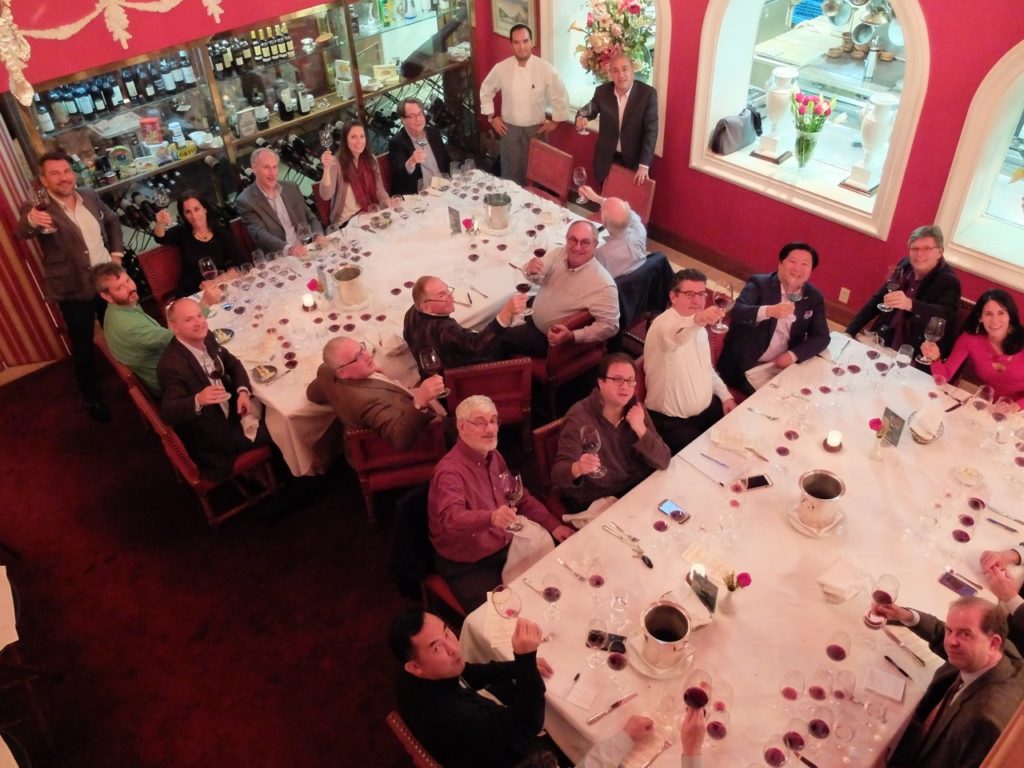
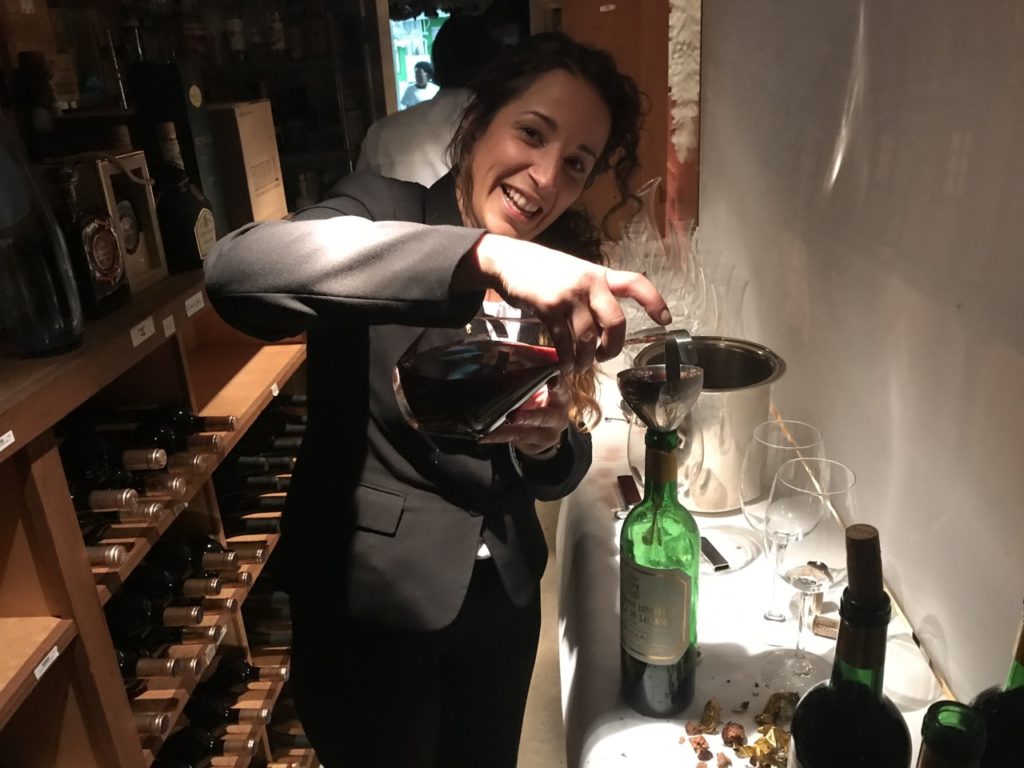
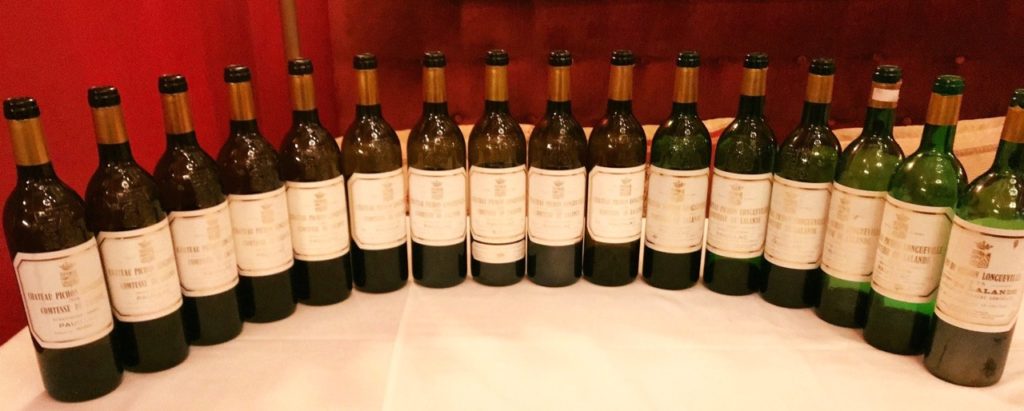
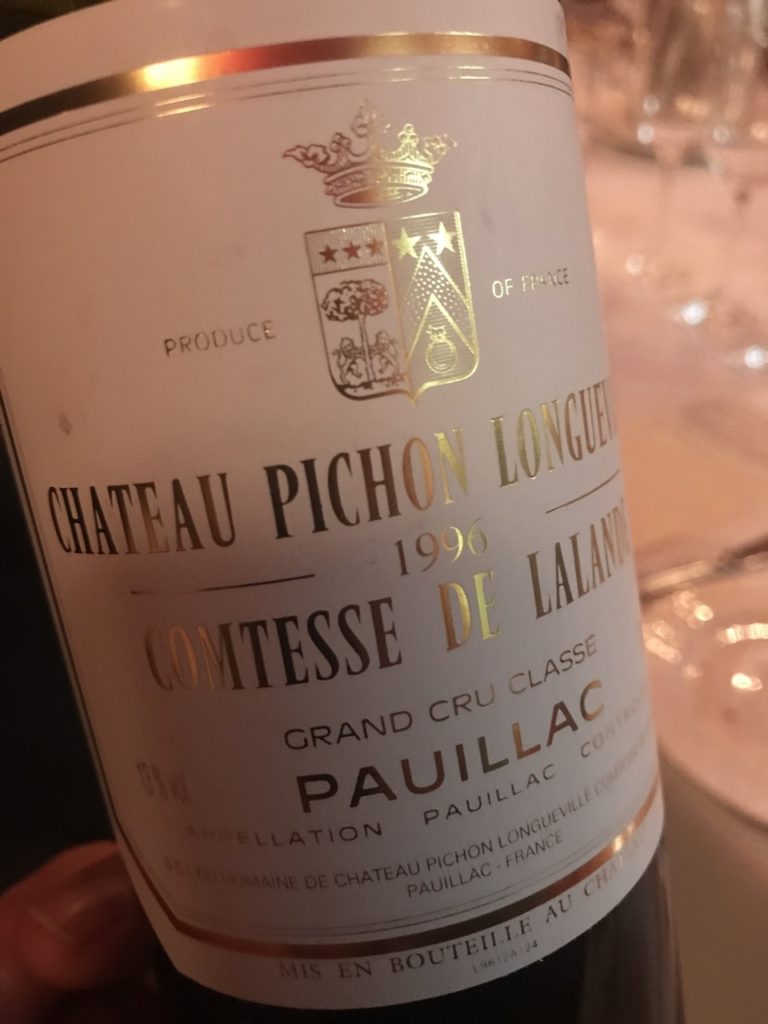
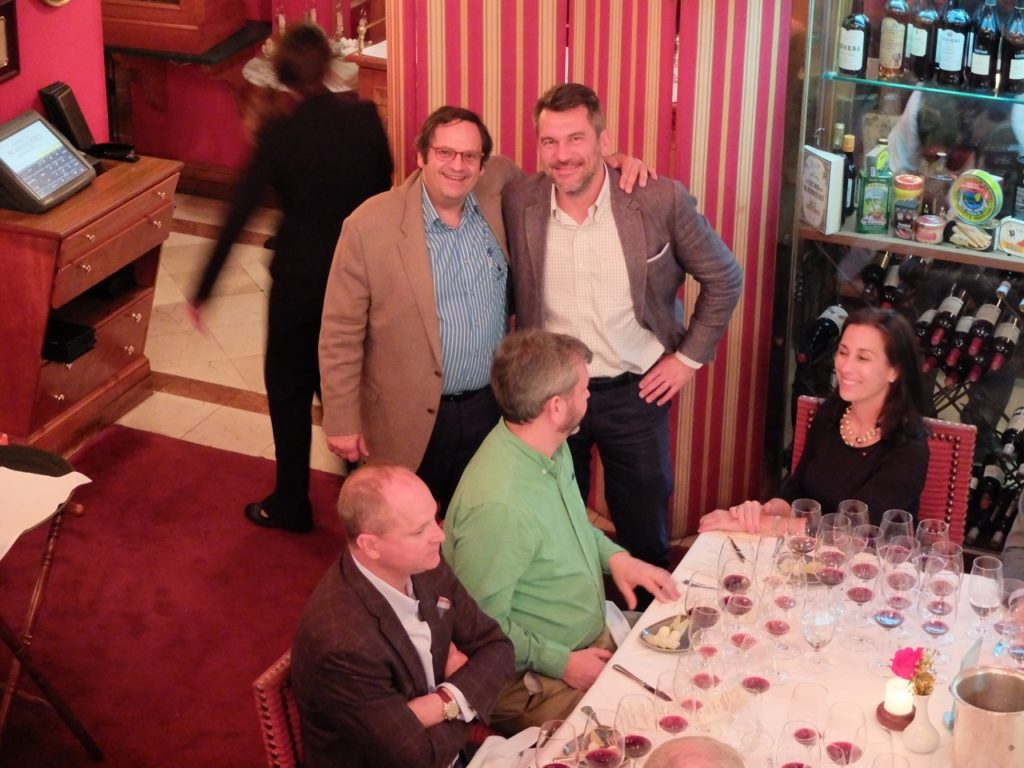
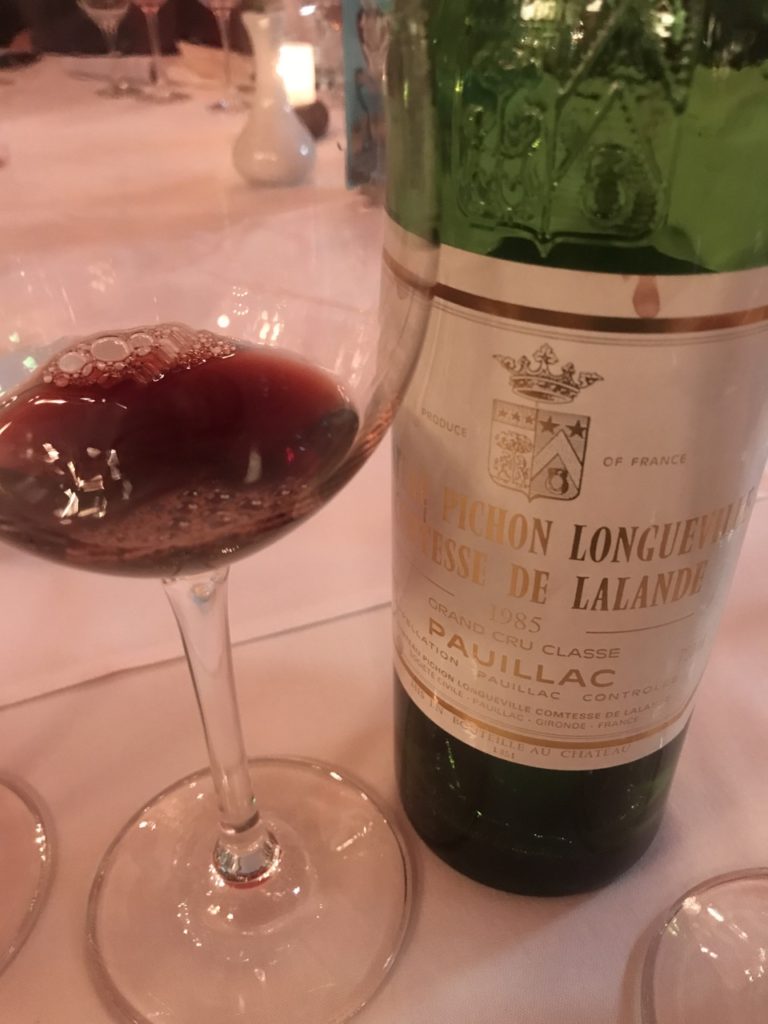
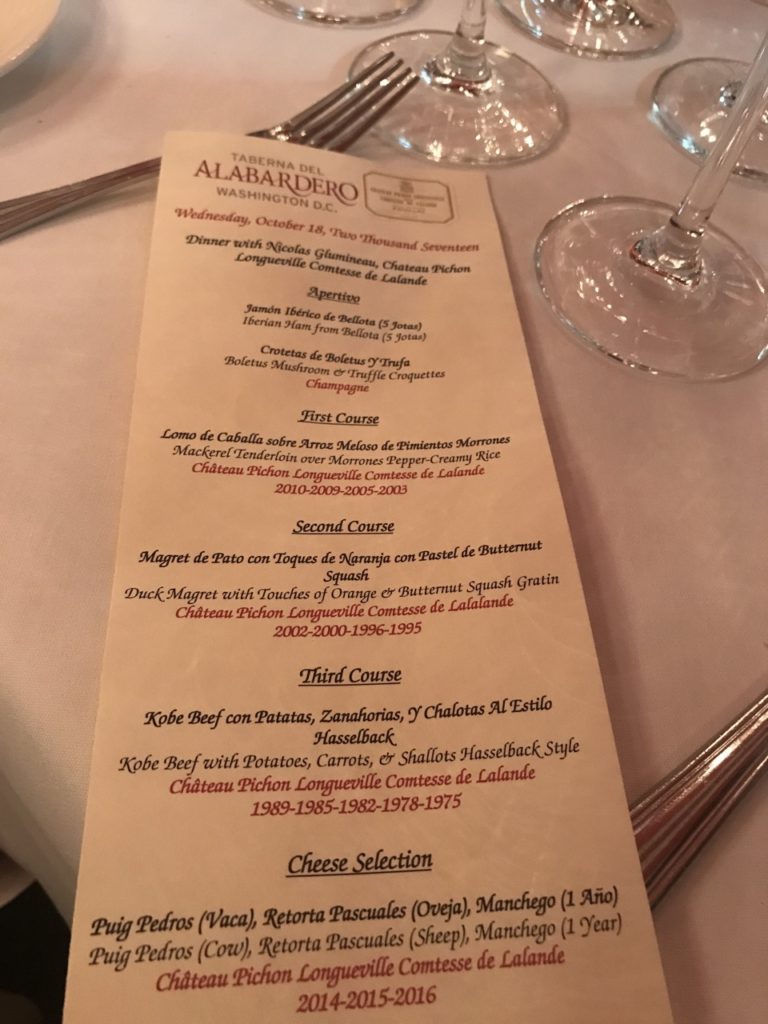
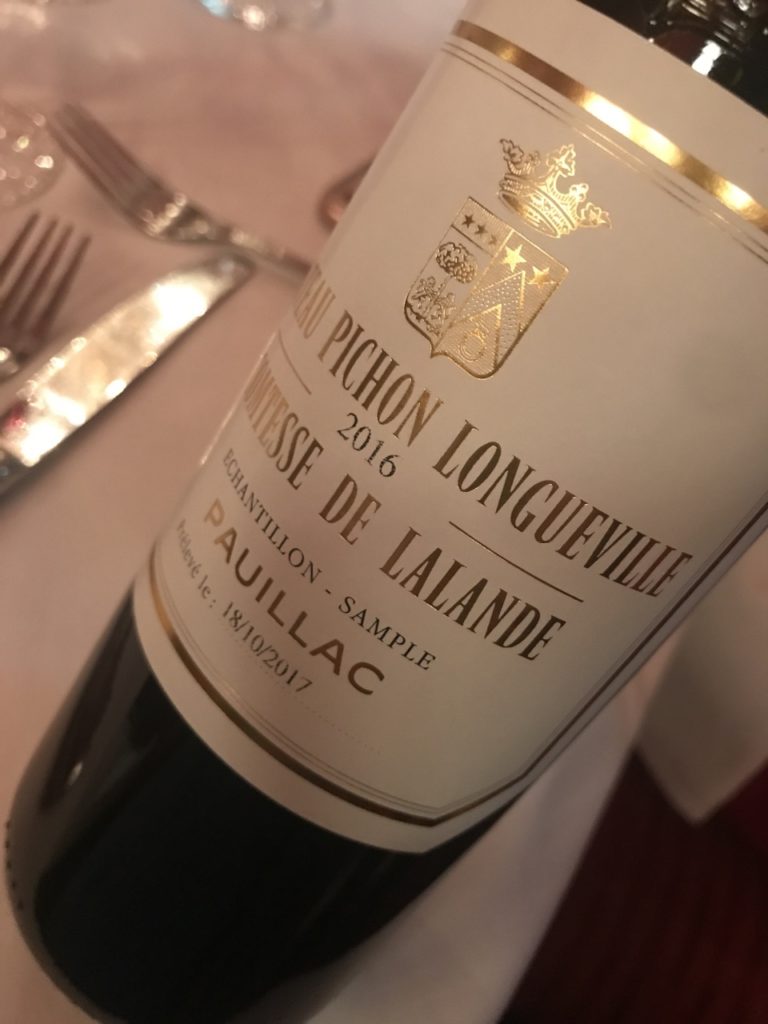

Hi Panos, I think you low-score 2015 and 2016. Concerning 2010, I have had good and bad bottle, 2005 is not well-produced in this so easy vintage. I had 2016, 2014, 2009 2005, 2002 (my bottle), 1995, 1978, 1975 and 1945 at privat dinner in Cph with Charles Fournier (PR manager at P.Comtesse) and also 2016, 2015, 2013 and 2008 at chateau few weeks ago. Imho, old wines shouldn’t be served with cheese, light meat is better.
Thanks for your kind replay Izak! Maybe I am being just conservative on the latest trio since they are so young, so I agree that they have upside potential. You are correct, so that is why we did serve the tannic reds with the cheeses. I just think that the cow based cheeses especially with some age work best with reds. In general. Cheers amigo! And see you soon, I hope.
Panos, you really are hitting the ball out of the park this year. I have loved so many of the Bordeaux tastings you have done in DC over the years, but Montrose, Leoville las Cases and Pichon Lalande in one year is like back to back to back home runs – which the Nats could have hit as well against the Cubs. I was at the opposite table from you, and I thought our 1982 was just fabulous. It was my favorite of the more mature wines, although I also really loved the 1989 and 2010 as well. Of interest, I had been at a tasting welcoming Mike Grammer to DC about a week earlier where we had a 1979 that was showing fabulously. It would have done quite well at this tasting. All three younger wines were great, but I think the 2016 is going to be legendary.
Thanks for including me.
Dear Howard, thanks so much for coming! Yes, maybe you got the better 82! Anyway, it was great seeing you and I look forward to returning home in about two months so we can drink again together.
Amazed how you pull these off! Legendary chateaux with legendary wines in pristine condition. Always a treat. Tough to choose a favorite this year between the ’90 Montrose, ’90 Las Cases, and ’82 Pichon-Lalande… I guess that’s why they’re legends. Thanks for including me.
Cheers Keith!
What a great dinner! Just an amazing array of wines and great company. Thanks again for including me.